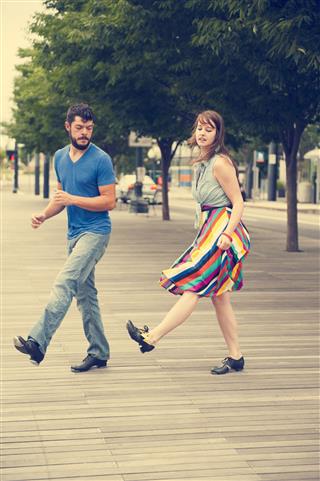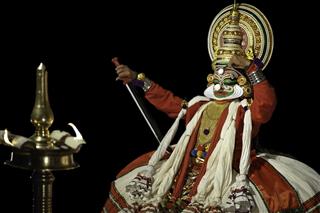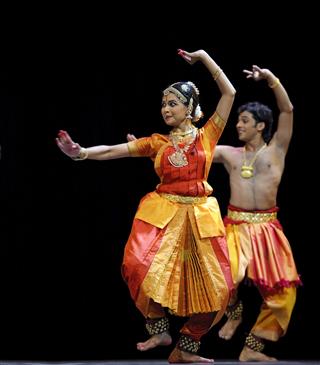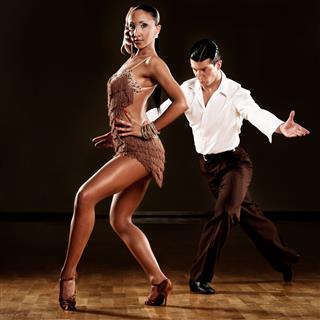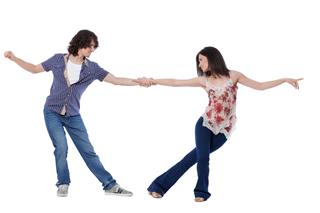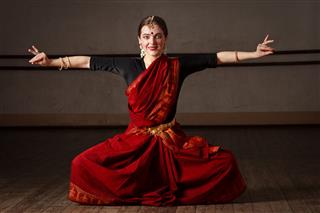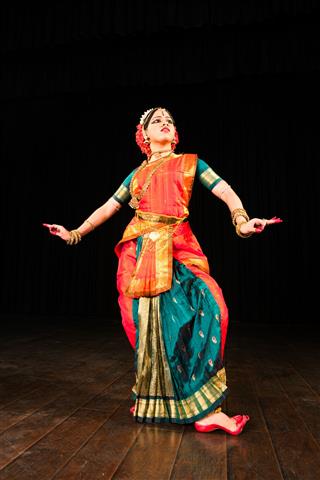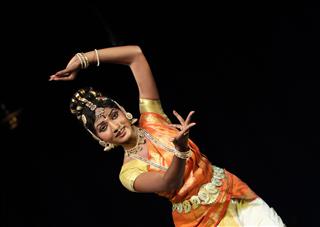
Dancing is one of the most common forms of expression. Numerous dance styles have evolved over the years and each style has a history behind it. Let’s take a look at how dance evolved over the years.
From medieval to contemporary dance forms, every style has its own meaning and reason of origination. Dance is regarded as the best stress reliever and also helps in keeping one’s health and fitness in check. For centuries, people around the globe have expressed themselves through dance, where the practice still continues, today. Let us have a look at a list of all the dance forms that existed and still does.
Timeline of Dance Styles
| Dance Styles of all time | |
| 400 BCE | Indian Classical Dance |
| 15th Century | Ballet |
| 1600-1750 | Baroque Dance |
| Early 16th Century | Capoeira |
| Late 16th Century & Early 17th Century | Masque |
| 1795-1918 | Vintage Dance |
| 1795-1925 | Classical Persian Dance |
| 1790-1825 | Regency Dance |
| Late 18th Century | Bolero, Flamenco |
| Mid 1800s | Tap Dance |
| 1876 | Cake Walk |
| 1890s | Tango |
| 1892 | Calypso |
| 1895-1918 | Animal Dance. Includes:
|
| 1898 | Merengue |
| 19th Century | English Country Dance |
| Late 19th Century |
|
| 1900s |
|
| 1910s |
|
| 1911 | Texas Swingout |
| 1920s | Swing Dance, Balboa |
| 1926 | Charleston |
| 1927 | Lindy Hop |
| Early 1930s | Jive |
| 1930s | Moonwalk |
| 1940s |
|
| 1945 | Bebop/Bop Dance |
| 1948 | Line Dance |
| 1950s |
|
| 1953 | Cha-cha |
| Early 1960s | Detroit Ballroom |
| 1960s |
|
| 1960-1970 | Liturgical Dance |
| 1967 | Robot Dancing |
| 1970s |
|
| 1972 | Contact Improvisation |
| 1980s |
|
| Late 1980s | Melbourne Shuffle, Leroc |
| 1982 | Twerking |
| 1987 | Cabbage Patch Dance |
| 1990s | Memphis Jookin’, Zumba |
| 1997 | Jumpstyle |
| Early 20th Century | Jitterbug Dance |
| Mid 20th Century | Contemporary Dance, Rumba |
| Early 2000s | Krumping, Electro Dance |
| Mid 2000s | Jerkin’, Electro Dance |
| 2003 | Flash Mob |
| 2008 | Single Ladies Dance |
| 2012 | Gangnam Style |
Each decade injects a completely different influence to these dance styles. In tandem with these, the types of music one dances to, also undergoes a radical evolution. For instance, the dance styles of the 1920s and 1930s were more or less marked by simplicity and groovy moves like the Lindy Hop, Jive, and Moonwalk. In the 1980s and 1990s the influence is derived from pop culture and street dancing.
One can often see strong, exotic influences in some styles. For instance, most Brazilian styles incorporate African rhythms and influences similar to America’s improvisation of many Latin dances. Indeed, it would not be untrue to state that the dance styles of each decade reflect the overall feel of that time, which encompasses a collective influence of arts, economy, societal norms, and culture peculiar to that decade. This fact is famously quoted by Kristy Nilsson as, “Dancing is the world’s favorite metaphor.”













